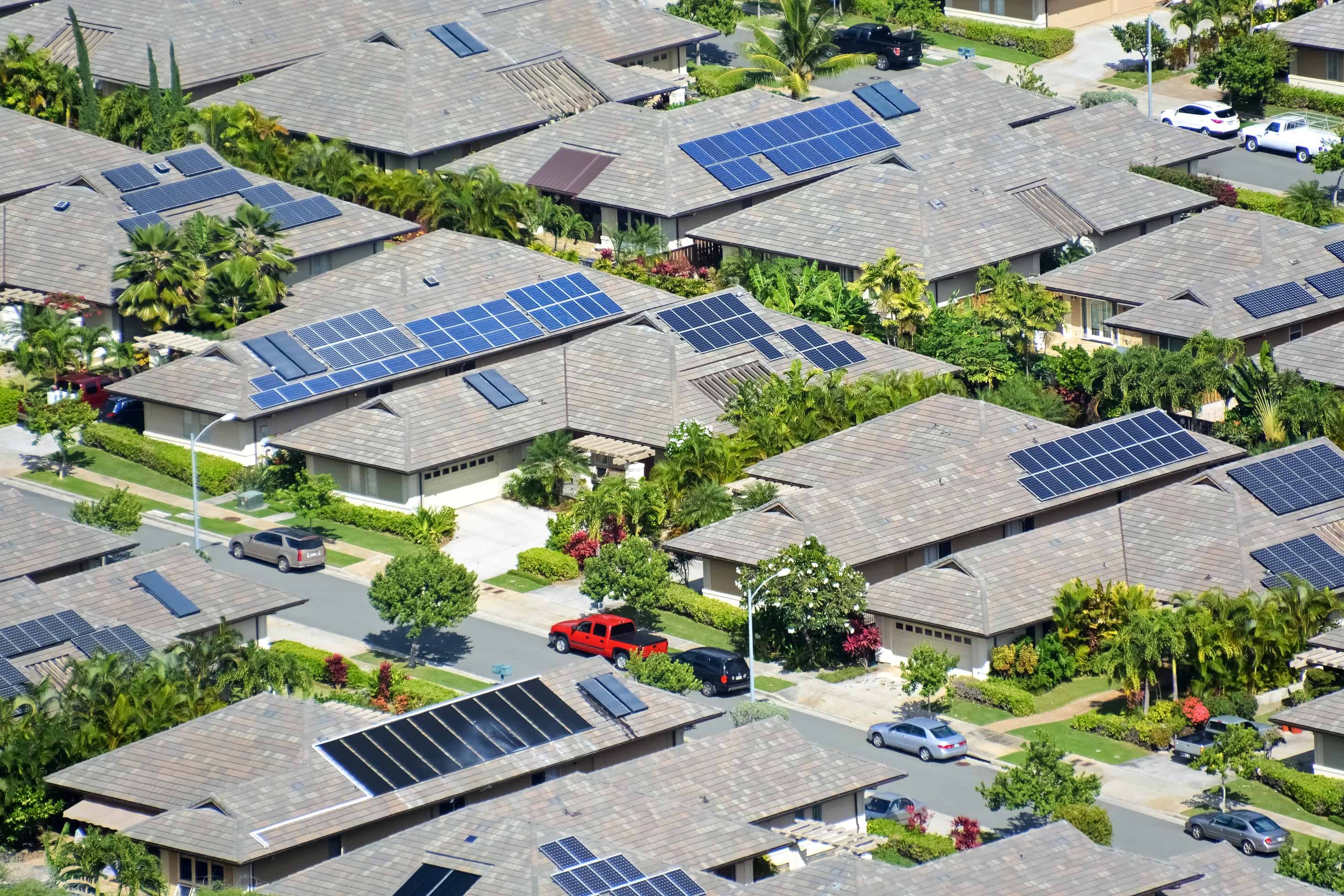As climate issues become a more apparent reality for us all, diverting our focus on reducing the carbon footprint becomes critical. Housing is one of the biggest contributors to the world’s carbon footprint. Your home is a huge part of the problem, from blasting the AC to keeping the lights on and having several appliances run throughout the day.


Therefore, the key to fighting the climate crisis is making your home energy efficient. So, how do you ensure your home becomes greener in the next few years, and at what cost? Here are the answers to all the difficult questions when it comes to energy efficiency.
A net-zero home is a term given to a home that ideally produces zero carbon emissions. In simple words, the amount of greenhouse gases your home produces is offset by the amount the atmosphere removes. The only way to achieve this is by building homes sustainably and using renewable energy sources to power homes.
Reducing the impact of climate change requires some drastic measures, especially with regards to the built environment. Since homes make a huge part of the built environment, we must work our way towards decarbonisation of the housing stock. Hence, here are some ways to do it.
Imagine being able to run your entire house on nothing but renewable power. That’s what solar energy is capable of. While the cost of installation may be high but the overall benefits always outweigh the costs, making it a reliable source to generate power.
However, solar power is not a free pass to using as much energy as you like. Energy efficiency is still required at the same level, if not more.
If solar power isn’t an option, there are other ways to reduce your energy consumption too. LED light bulbs are probably one of the most convenient ways to save energy as well as money. According to rough figures, they use up to 80% less energy than regular bulbs and are also known to last longer, saving you money as well as unnecessary trips to the store.
The amount of energy you need to cool or heat your house can take a considerable amount of toll on the environment, especially if your walls are not insulated properly. This is why ensuring effective insulation is the key to reducing energy consumption as it slows the rate of heat flowing into the house in summer and out of the house in winter. Blown-in insulation is a reliable option if you wish to improve the situation of wall cavities or the attic.
Most people often fail to take the cost of washing and drying clothes into account because it never outright seems like a job that requires energy. However, since heating water to wash clothes is common practice, it never occurs to people that simply switching to cold water can make a substantial difference in their energy bills.
While it’s easy to save energy with water, the same is not the case with a dryer. The easy way out is to simply string up a clothesline but if you’re disinclined to do so, make sure to set your dryer to an automatic cycle instead of a timed one. This ensures the machine stops working as soon as the sensors figure out whether your laundry is dry.
Here’s what a tankless water heater does. It heats the water as long as it flows through the lines, but the moment you turn the tap off, it stops heating the water. While the initial costs may outweigh the savings, getting a tankless water heater saves you from the hassle of big tanks with hot water flowing through the lines in the long run. This means that you’re no longer wasting electricity when you don’t need hot water and are also saving the environment if you end up playing the long game.
Sometimes reducing energy consumption in your house does not necessarily require you to purchase any additional energy-efficient products. All you’re required to do is amend your own ways. After all, turning off appliances and lights when you don’t need them is the easiest way to save energy costs.
There are also ways to lessen the use of energy-intensive appliances. For instance, you can get the same result by hang-drying your clothes manually instead of using a dryer or washing your dishes by hand instead of letting a machine do so. However, nothing beats the potential for savings you get from simple behaviour adjustments such as turning the heat down on your thermostat in winter or using less of your air conditioner in the summer.
There are also several tools readily available to help you figure out where you’re spending the most amount of energy in your home and what appliances take toll on your monthly energy bills.
Who thinks of windows when it comes to reducing energy consumption? No one. However, if you got to know how much they contribute to wasting energy, you’d probably end up getting all of them changed.
Your total heating bill could see up to a 25% spike only because the heat constantly goes out through your windows. Therefore, the first step to ensure that your windows are not in any way contributing to this loss is to replace single-pane ones with double-pane products. If your region is subject to weather events of extreme intensity, you should probably invest in storm windows as they reduce heat loss to a great extent.
Making your home energy efficient cannot happen overnight. It may take some effort and investment in the right products to reach a place where you can safely claim that your home is “net-zero.” However, even if the end goal is not to ensure zero carbon footprint, making amends in day-to-day behaviours can significantly reduce unnecessary energy consumption.
This website uses cookies.